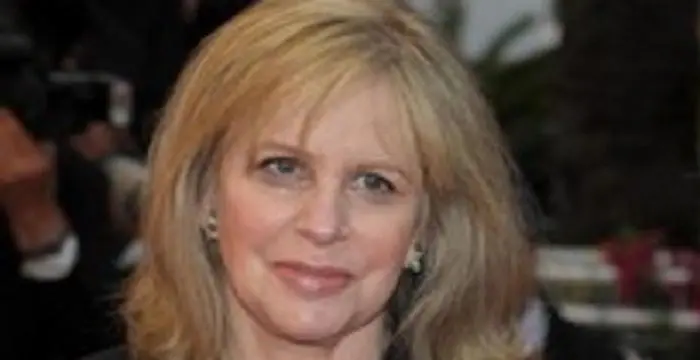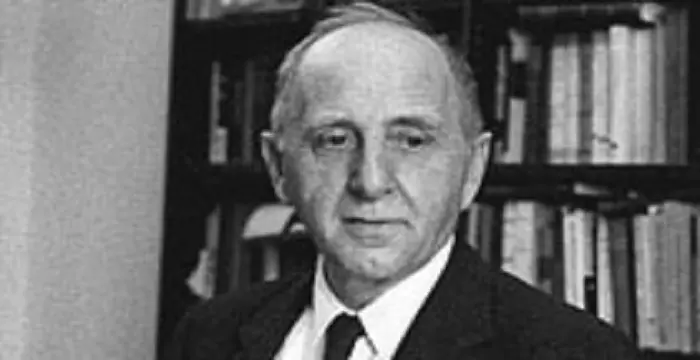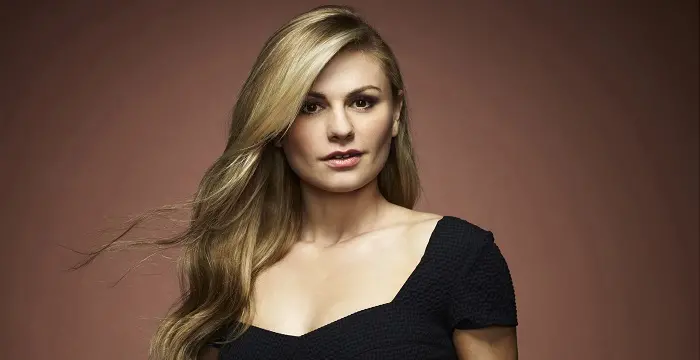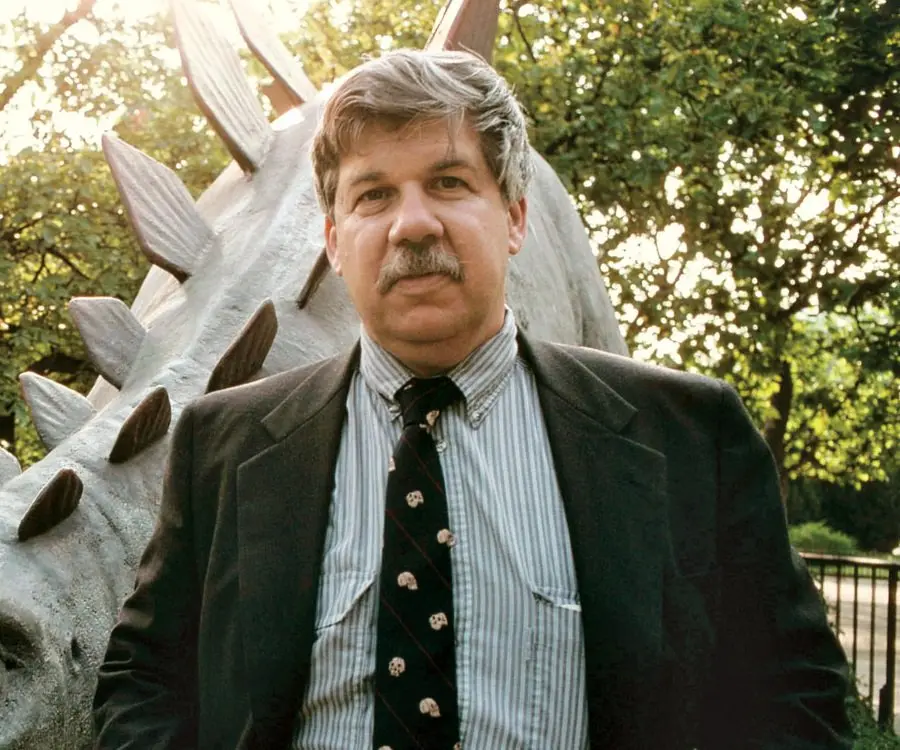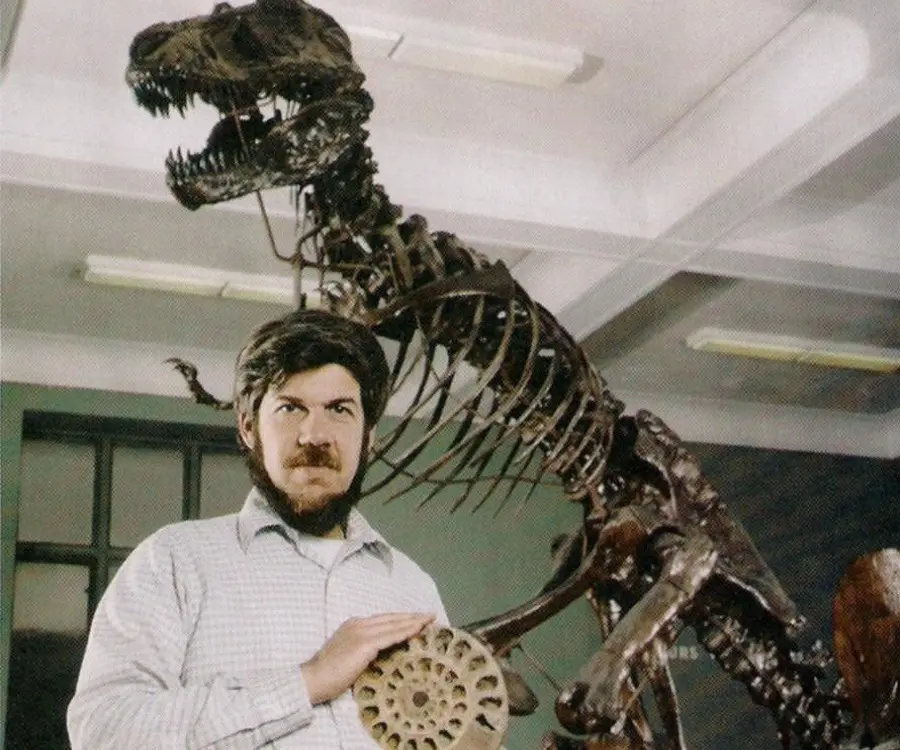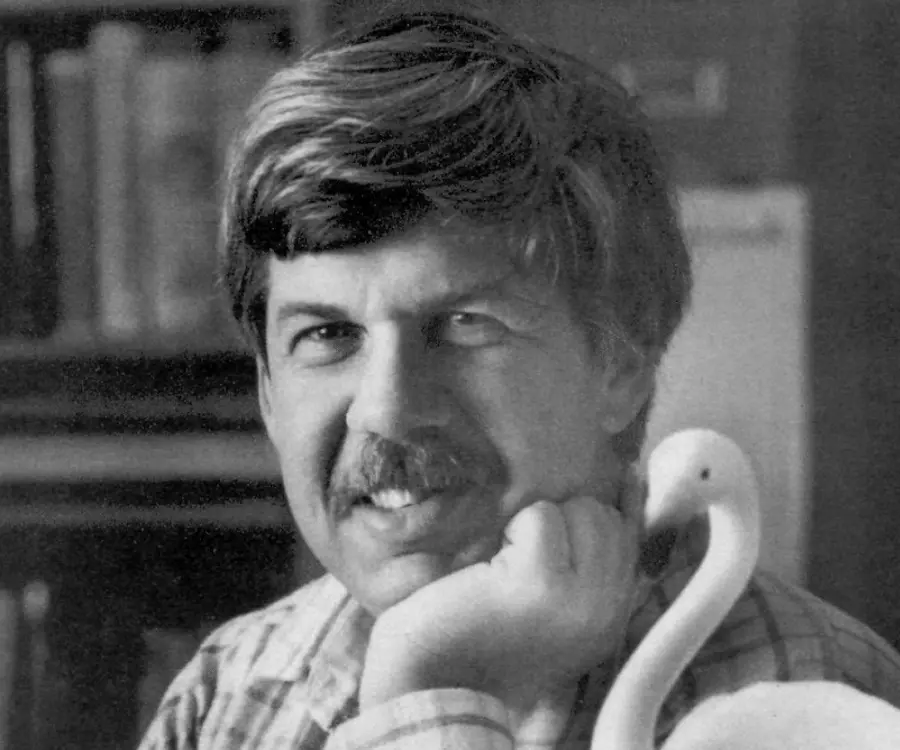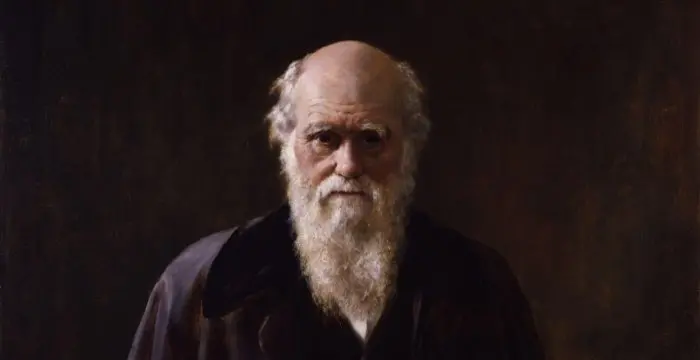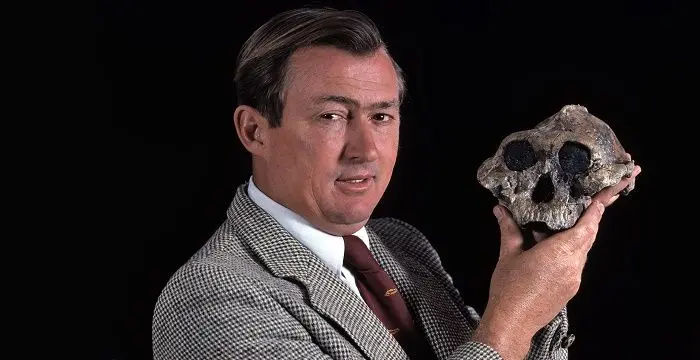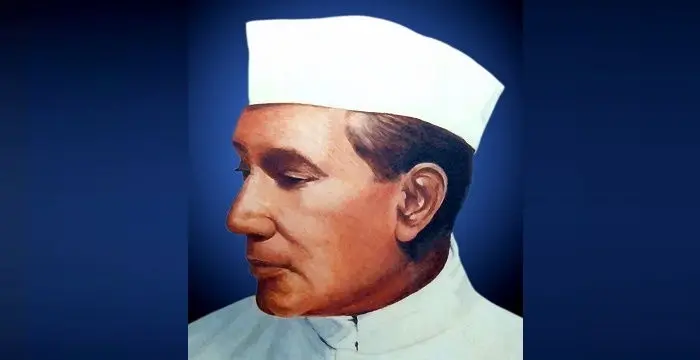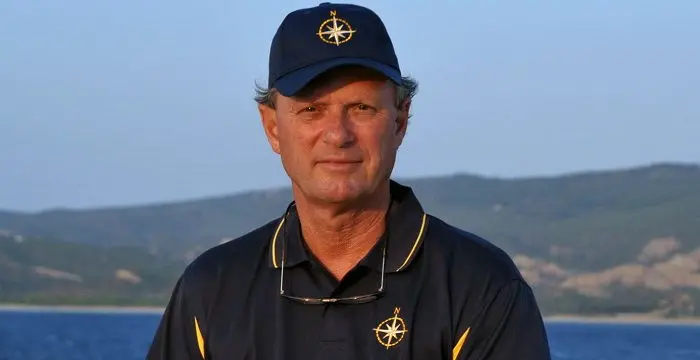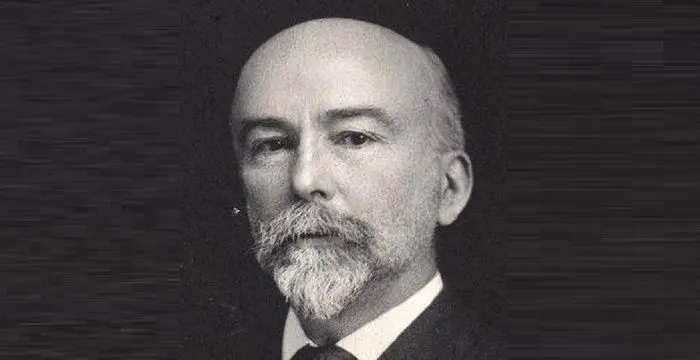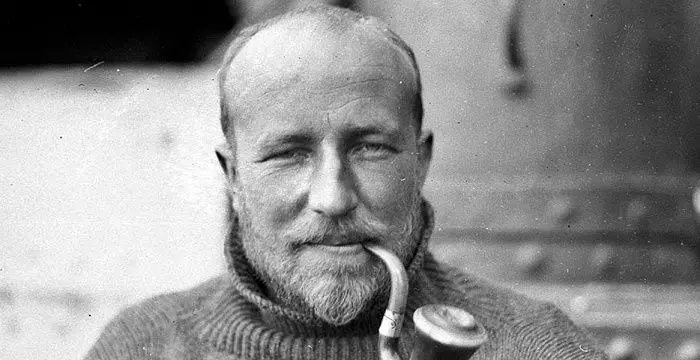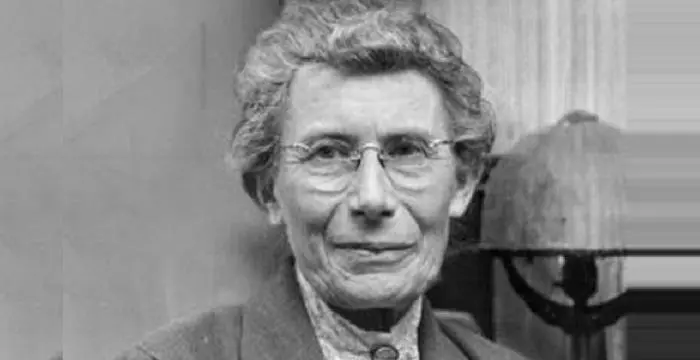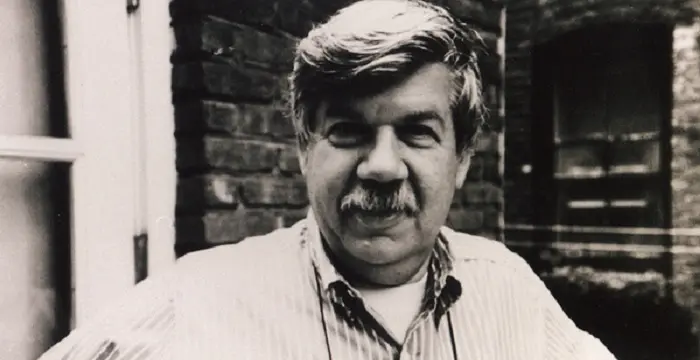
Stephen Jay Gould - Scientists, Facts and Family
Stephen Jay Gould's Personal Details
Stephen Jay Gould was a famous paleontologist and one of the most read science writers of his times
| Information | Detail |
|---|---|
| Birthday | September 10, 1941 |
| Died on | May 20, 2002 |
| Nationality | American |
| Famous | Columbia University, Scientists, Paleontologists, Geologists |
| Spouses | Deborah Lee (m. 1965–1995), Rhonda Roland Shearer (m. 1995–2002) |
| Childrens | Ethan, Jade, Jesse, London Allen |
| Universities |
|
| Notable Alumnis |
|
| Birth Place | Bayside, New York, United States |
| Gender | Male |
| Father | Leonard Gould |
| Mother | leanor Gould |
| Sun Sign | Virgo |
| Born in | Bayside, New York, United States |
| Died at Age | 60 |
// Famous Columbia University
Helen Morris
Helen Morris is a former book editor, TV producer and the wife of Academy Award winning director Martin Scorsese. Check out this biography to know about her birthday, childhood, family life, achievements and fun facts about her.
Simon Kuznets
Simon Kuznets was a noted Russian-American economist, statistician, demographer, and economic historian. Check out this biography to know about his childhood, family life, achievements and other facts related to his life.
Anna Paquin
Anna Paquin is a Kiwi film, theatre and television actress known for her roles in movies like ‘The Piano’, ‘Fly Away Home’, and ‘X-Men. This biography provides detailed information about her childhood, life, achievements, works & timeline.
Stephen Jay Gould's photo
Who is Stephen Jay Gould?
Stephen Jay Gould was a famous paleontologist widely recognized for his contributions to evolutionary theory and history of science. A prolific writer, he had authored over 20 best selling books and written 300 essays for his monthly column, ‘This View of Life’ in ‘Natural History’ magazine. He was one of the most widely read writers of popular science of his generation and a professor who had spent many years teaching at the Harvard University; he also taught biology and evolution at the New York University. He worked as a curator at the American Museum of Natural History. His fascination with fossils and prehistoric life started from the time when as a five-year old he saw the skeleton of Tyrannosaurus rex at a museum. Awestricken at the sight of the gigantic skeleton, he decided that he wanted to study prehistoric life when he grew up. He is best remembered for the theory of punctuated equilibrium which he developed with Niles Eldredge. This theory proposed that most species go through long periods of evolutionary stability punctuated by rare evolutionary changes. His contributions to the field of evolutionary developmental biology were also very significant. The author of thousands of scientific papers, he is one of the most frequently cited scientists in the field of evolutionary theory.
// Famous Scientists
Juliane Koepcke
Juliane Koepcke is a German-Peruvian biologist, who was the lone survivor among the 92 passengers and crew of the ill-fated LANSA Flight 508 that crashed in the Peruvian rainforest on 24 December 1971. Know more about her life in this biography.
Henry Cavendish
Henry Cavendish was a theoretical chemist and physicist, renowned for discovery of hydrogen and calculation of the mass of earth. To know more about his childhood, profile, timeline and career read on
Konstantin Tsiolkovsky
Konstantin Tsiolkovsky was a Russian rocket scientist and a pioneer of astronautics. This biography provides detailed information about his childhood, family, personal life, career, achievements, etc.
Childhood & Early Life
He was born to Jewish parents in New York City. His father, Leonard, was a court stenographer and his mother, Eleanor, was an artist.
When he was five years old he saw the skeleton of Tyrannosaurus rex in a museum and was awestricken and scared at the same time. It was then that he decided to become a paleontologist.
He attended Antioch College in the early 1960s and graduated with a double major in geology and philosophy in 1963. After that he went to the University of Leeds.
He completed graduate work at Columbia University in 1967 under the guidance of Norman Newell.
As a student, Gould was very active in the civil rights movement and often participated in campaigns for social justice. Throughout his life he spoke and wrote against cultural oppression, racism and sexism.
Career
He was employed by the Harvard University in 1967 soon after he graduated from Columbia University. He would teach there for several years until his death.
Along with fellow paleontologist, Niles Eldredge, he proposed the theory of punctuated equilibrium in 1972 which states that evolutionary history goes through long periods of stability and is punctuated by rapid evolutionary changes.
He was promoted as Professor of Geology and Curator of Invertebrate paleontology at the institute’s Museum of Comparative Zoology in 1973.
Starting from January 1974, his essays were published in a series titled ‘This View of Life’ in the ‘Natural History’ magazine. The series ended in January 2001, after a continuous publication of 300 essays.
His first technical book, ‘Ontogeny and Phylogeny’ was published in 1977. It explored the relationship between embryonic development and biological evolution.
Gould and Richard Lewontin wrote a paper called ‘The Spandrels of San Marco and the panglossian paradigm’ in 1979. The paper introduced the architectural term ‘spandrel’ into evolutionary biology and elaborated on how living organisms are built.
His book ‘The Mismeasure of Man’ was out in 1981. It was both a history and critique of biological determinism. It was a critical analysis of scientific racism and a historical evaluation of the concepts of the intelligence quotient (IQ).
He was made the Alexander Agassiz Professor of Zoology in 1982 and the very next year he was awarded fellowship of the American Association for the Advancement of Science. His numerous contributions to science were often cited by the AAAS news release.
He was made the president of the Paleontological Society for the session 1985-86. He was elected into the body of the National Academy of Sciences in 1989.
In 1990-91, he served as the president of the Society for the Study of Evolution. He also served as the president of the American Association for the Advancement of Science from 1999 to 2001.
He taught at the New York University from 1996 to 2001 as Vincent Astor Visiting Research Professor of Biology.
Major Works
He is best known for his theory of punctuated equilibrium which he developed with fellow paleontologist, Niles Eldredge. The duo had published a paper called ‘Punctuated Equilibria’ which is considered as the foundational document of the new paleobiological research.
Awards & achievements
He was named the Humanist of the Year by the American Humanist Association in 2001 for his lifetime of work.
He was posthumously awarded the Darwin-Wallace Medal by the Linnean Society of London in 2008 for "major advances in evolutionary biology".
Personal Life & Legacy
He married Deborah Lee, a fellow student at Antioch College in 1965. They had two sons.
He married for the second time in 1995 to artist and sculptor Rhonda Roland Shearer. He became a step father to her two children from a previous marriage.
He was first diagnosed with a rare form of cancer in 1982. He recovered after a difficult treatment and continued his scientific work. He became afflicted with a different type of cancer after several years and died in 2002.
// Famous Paleontologists
Charles Darwin
Charles Darwin was one of the most influential figures in human history. Go through this biography to get details about his life, profile and timeline.
Richard Leakey
Richard Leakey is a famous paleoanthropologist and wild life conservationist, known for leading the expeditionsin Ethiopia's ‘Omo River’ district. To know more about his childhood, career, profile and timeline read on
Birbal Sahni
Birbal Sahni was an Indian palaeobotanist who founded the Birbal Sahni Institute of Palaeobotany in Lucknow. This biography of Birbal Sahni provides detailed information about his childhood, life, achievements, works & timeline.
Stephen Jay Gould's awards
| Year | Name | Award |
|---|---|---|
Other | ||
| 1983 | ||
| 1990 | Phi Beta Kappa Award in Science | |
| 0 | - MacArthur Fellowship | |
| 0 | - National Book Award | |
| 0 | - National Book Critics Circle Award | |
| 0 | ||
| 0 | ||
| 0 | 2008 - Linnean Society of London's Darwin–Wallace Medal | |
| 0 | 2002 - Paleontological Society Medal | |
| 0 | 1975 - Charles Schuchert Award | |
Stephen Jay Gould biography timelines
- // 10th Sep 1941He was born to Jewish parents in New York City. His father, Leonard, was a court stenographer and his mother, Eleanor, was an artist.
- // 1963He attended Antioch College in the early 1960s and graduated with a double major in geology and philosophy in 1963. After that he went to the University of Leeds.
- // 1965He married Deborah Lee, a fellow student at Antioch College in 1965. They had two sons.
- // 1967He completed graduate work at Columbia University in 1967 under the guidance of Norman Newell.
- // 1967He was employed by the Harvard University in 1967 soon after he graduated from Columbia University. He would teach there for several years until his death.
- // 1972Along with fellow paleontologist, Niles Eldredge, he proposed the theory of punctuated equilibrium in 1972 which states that evolutionary history goes through long periods of stability and is punctuated by rapid evolutionary changes.
- // 1973He was promoted as Professor of Geology and Curator of Invertebrate paleontology at the institute’s Museum of Comparative Zoology in 1973.
- // Jan 1974 To 2001Starting from January 1974, his essays were published in a series titled ‘This View of Life’ in the ‘Natural History’ magazine. The series ended in January 2001, after a continuous publication of 300 essays.
- // 1977His first technical book, ‘Ontogeny and Phylogeny’ was published in 1977. It explored the relationship between embryonic development and biological evolution.
- // 1979Gould and Richard Lewontin wrote a paper called ‘The Spandrels of San Marco and the panglossian paradigm’ in 1979. The paper introduced the architectural term ‘spandrel’ into evolutionary biology and elaborated on how living organisms are built.
- // 1981His book ‘The Mismeasure of Man’ was out in 1981. It was both a history and critique of biological determinism. It was a critical analysis of scientific racism and a historical evaluation of the concepts of the intelligence quotient (IQ).
- // 1982He was made the Alexander Agassiz Professor of Zoology in 1982 and the very next year he was awarded fellowship of the American Association for the Advancement of Science. His numerous contributions to science were often cited by the AAAS news release.
- // 1982 To 2002He was first diagnosed with a rare form of cancer in 1982. He recovered after a difficult treatment and continued his scientific work. He became afflicted with a different type of cancer after several years and died in 2002.
- // 1985 To 1989He was made the president of the Paleontological Society for the session 1985-86. He was elected into the body of the National Academy of Sciences in 1989.
- // 1990 To 2001In 1990-91, he served as the president of the Society for the Study of Evolution. He also served as the president of the American Association for the Advancement of Science from 1999 to 2001.
- // 1995He married for the second time in 1995 to artist and sculptor Rhonda Roland Shearer. He became a step father to her two children from a previous marriage.
- // 1996 To 2001He taught at the New York University from 1996 to 2001 as Vincent Astor Visiting Research Professor of Biology.
- // 2001He was named the Humanist of the Year by the American Humanist Association in 2001 for his lifetime of work.
- // 2008He was posthumously awarded the Darwin-Wallace Medal by the Linnean Society of London in 2008 for "major advances in evolutionary biology".
// Famous Geologists
Robert Ballard
Dr. Robert Ballard is the founder of the Ocean Exploration Center and specializes in deep-sea archeology. This biography contains information about his childhood, life, achievements & timeline.
Charles Darwin
Charles Darwin was one of the most influential figures in human history. Go through this biography to get details about his life, profile and timeline.
Birbal Sahni
Birbal Sahni was an Indian palaeobotanist who founded the Birbal Sahni Institute of Palaeobotany in Lucknow. This biography of Birbal Sahni provides detailed information about his childhood, life, achievements, works & timeline.
William Morris Davis
William Morris Davis was an American geographer, geologist, and meteorologist, who founded the science of geomorphology. Check out this biography to know about his childhood, life, achievements, works & timeline.
Douglas Mawson
Sir Douglas Mawson was an Australian explorer, geologist and academic. Check out this biography to know about his childhood, life, achievements, works & timeline.
Inge Lehmann
Inge Lehmann was a Danish seismologist who discovered the fact that the core of the Earth was solid. Check out this biography to know about her childhood, life, achievements, works & timeline.
Stephen Jay Gould's FAQ
What is Stephen Jay Gould birthday?
Stephen Jay Gould was born at 1941-09-10
When was Stephen Jay Gould died?
Stephen Jay Gould was died at 2002-05-20
Where was Stephen Jay Gould died?
Stephen Jay Gould was died in Manhattan, New York, United States
Which age was Stephen Jay Gould died?
Stephen Jay Gould was died at age 60
Where is Stephen Jay Gould's birth place?
Stephen Jay Gould was born in Bayside, New York, United States
What is Stephen Jay Gould nationalities?
Stephen Jay Gould's nationalities is American
Who is Stephen Jay Gould spouses?
Stephen Jay Gould's spouses is Deborah Lee (m. 1965–1995), Rhonda Roland Shearer (m. 1995–2002)
Who is Stephen Jay Gould childrens?
Stephen Jay Gould's childrens is Ethan, Jade, Jesse, London Allen
What was Stephen Jay Gould universities?
Stephen Jay Gould studied at Columbia University
What was Stephen Jay Gould notable alumnis?
Stephen Jay Gould's notable alumnis is Columbia University
Who is Stephen Jay Gould's father?
Stephen Jay Gould's father is Leonard Gould
Who is Stephen Jay Gould's mother?
Stephen Jay Gould's mother is leanor Gould
What is Stephen Jay Gould's sun sign?
Stephen Jay Gould is Virgo
